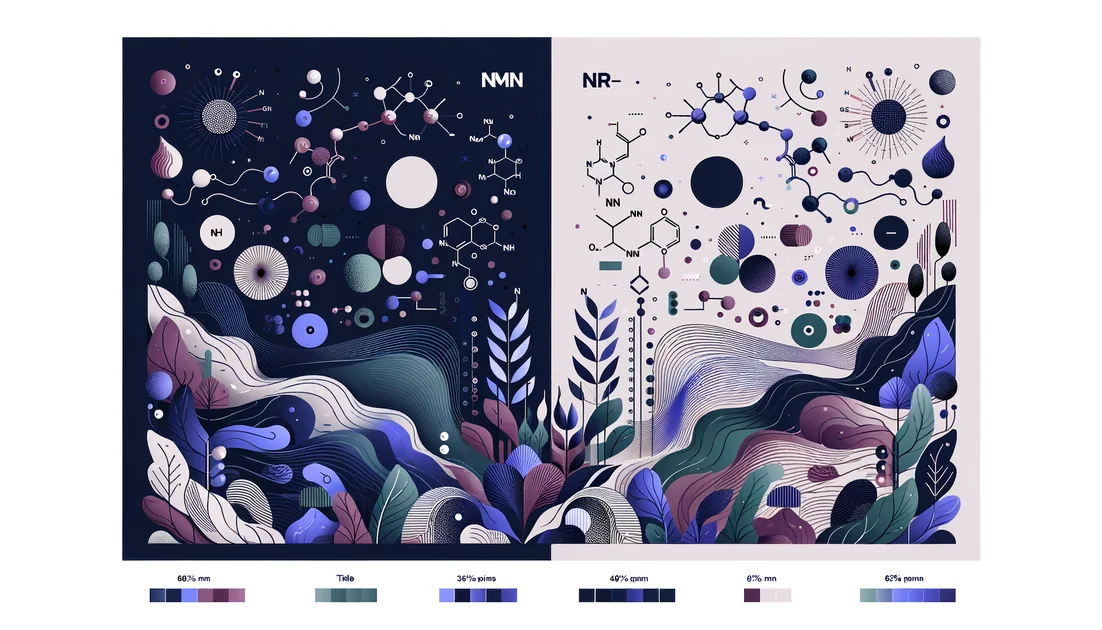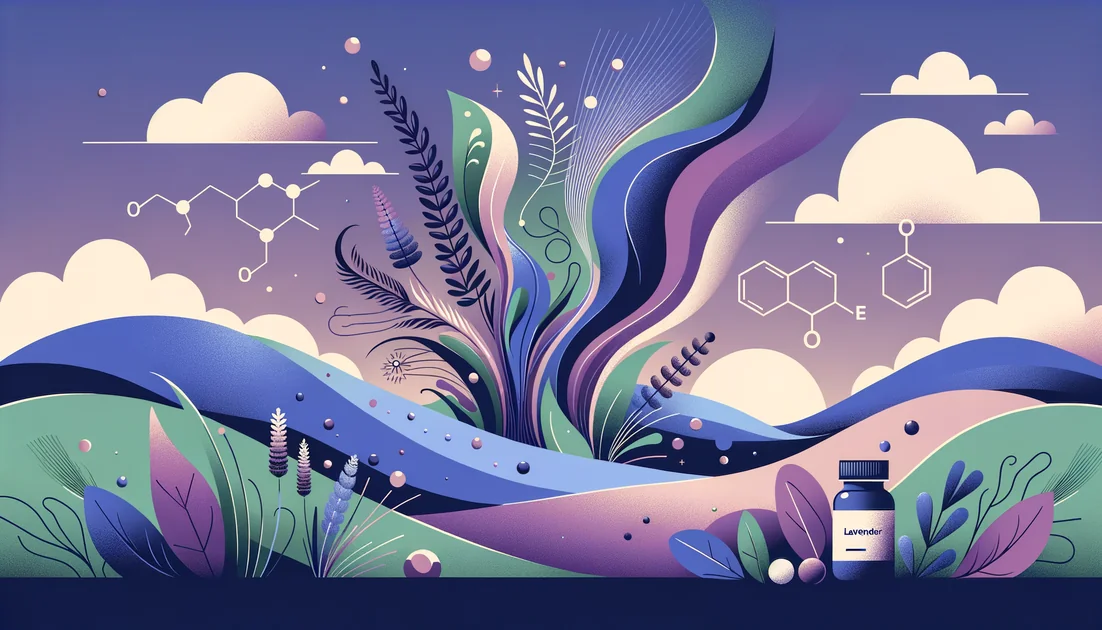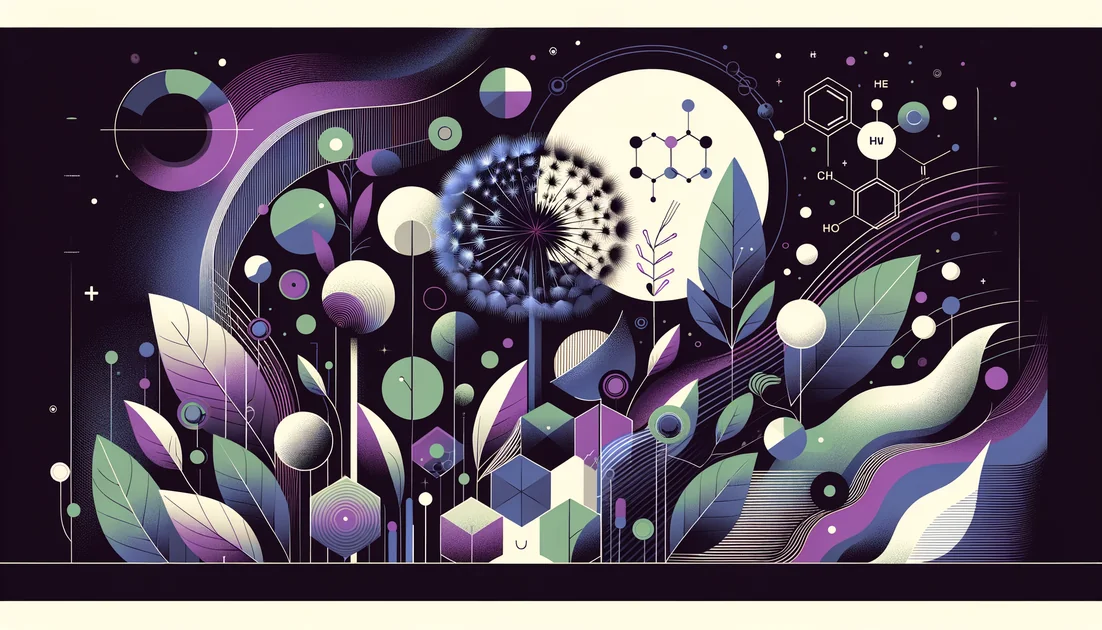
Top 8 Evidence-Based Recommendations
Quick Reference Card
ERr 731 (rhubarb extract)4 mg daily — fast VMS relief [9]
Ashwagandha300 mg twice daily — stress/sleep + symptom gains [6]
Sage extract3,400 mg daily — fewer hot flashes in ~3 weeks [7][8]
Soy isoflavones54–90 mg/day (genistein >18.8 mg) — classic option [1]
Pycnogenol100–200 mg/day — VMS + vascular support [13][15]
Show all 8 supplements...
Magnesium glycinate200–400 mg nightly — calms the system
Ranked Recommendations
#1ERr 731 (rhapontic rhubarb extract)Top Choice
The quiet powerhouse for hot flashes—tiny dose, big relief
Dose: 4 mg once daily with food
Time to Effect: 2–4 weeks; improves further by 8–12 weeks
How It Works
Evidence
In a 12-week RCT (n=109), ERr 731 cut Menopause Rating Scale scores and hot flashes vs placebo; anxiety also fell markedly [9][10]. Observational data (n=363) showed sustained MRS reductions over 6 months [11]. Preclinical and clinical safety support low risk at human doses; human trials commonly used 4 mg/day [12][16].
Frequent hot flashes/night sweats in peri- or early post-menopause, women avoiding hormones
Use caution with history of estrogen-dependent tumors; discuss with your clinician. [9]
Consistency beats dose escalation; take 4 mg daily at the same time—don't 'as-needed' dose.
#2Ashwagandha (Withania somnifera) root extractStrong Alternative
Stress dialed down, sleep up—while easing climacteric symptoms
Dose: 300 mg twice daily (KSM-66 or equivalent)
Time to Effect: 2–8 weeks
How It Works
Adaptogenic with GABA-mimetic and HPA-axis–modulating effects; in perimenopausal women, RCT showed improved MRS domains plus favorable shifts in estradiol, FSH, and LH vs placebo. [6]
Evidence
8-week RCT (n=100) in perimenopause: significant improvements in total MRS and MENQoL; estradiol ↑, FSH/LH ↓ vs placebo. Well tolerated. [6]
Irritability, sleep difficulty, stress-exacerbated hot flashes in perimenopause
May potentiate sedatives; caution with thyroid meds; start earlier in the day if vivid dreams.
Split 300 mg with breakfast and dinner; pair with magnesium glycinate at night for sleep synergy.
#3Sage leaf extract (Salvia officinalis)Worth Considering
Old kitchen herb, new clinical proof for hot flash frequency
Dose: Fresh-leaf ethanolic extract 3,400 mg tablet daily (e.g., Menosan)
Time to Effect: ~3 weeks for noticeable change
How It Works
Evidence
Hot flashes with daytime sweats; women preferring herbals with RCTs
Can be stimulating in high culinary doses; standardized tablets are preferable.
If you run warm at night, take in late afternoon to cover evening flushes.
#4S-equol
The 'active' soy metabolite—benefits even if you're not an equol producer
Dose: 10 mg once daily
Time to Effect: 4–12 weeks
How It Works
Evidence
Women who don't respond to soy foods; vaginal dryness with mild VMS
If you have a history of ER+ cancer, review with your oncology team.
Take with a meal containing fat to enhance absorption.
#5Soy isoflavones (genistein-rich)
The classic phytoestrogen—works when genistein dose is right
Dose: 54–90 mg isoflavones/day, aiming for >18.8 mg genistein aglycone
Time to Effect: 6–12 weeks
How It Works
ER-β–biased modulation; meta-analysis shows meaningful reductions in hot-flash frequency (21%) and severity (26%) vs placebo; higher genistein content performs better. [1]
Evidence
Moderate VMS, mood swings; those open to soy
Possible interactions with thyroid meds (separate dosing); quality varies widely.
Pick standardized capsules listing genistein aglycone content; foods alone may be under-dosed.
#6Pycnogenol (French maritime pine bark)
Circulation support that also cools the 'thermostat'
Dose: 100–200 mg/day (split)
Time to Effect: 4–12 weeks
How It Works
Evidence
VMS with brain fog and cardiometabolic risk factors
May mildly lower blood pressure/glucose—monitor if on related meds.
Divide dose (AM/PM) to smooth 24-hour coverage of symptoms.
#7Melatonin
Sleep first—your hormones follow a rhythm
Dose: 0.5–3 mg 30–60 min before bed
Time to Effect: Days to 2 weeks
How It Works
Restores circadian signaling; small RCTs in peri/post-menopause suggest endocrine normalization tendencies and better sleep. [16]
Evidence
Placebo-controlled data indicate improvements in sleep quality with hormonal shifts (↓FSH/LH trends, ↑melatonin) in midlife women. Evidence base is older/small but low risk at physiologic doses. [16]
Sleep disruption, 3 a.m. awakenings
Too high a dose may cause morning grogginess; start low.
If you wake at 2–3 a.m., try 0.3–0.5 mg; reserve 3 mg for short-term jet-lag–like resets.
#8Magnesium glycinate or threonate
Calm the nervous system that amplifies hot flashes
Dose: 200–400 mg elemental Mg in the evening
Time to Effect: 1–2 weeks
How It Works
GABAergic and NMDA-modulating mineral that improves sleep quality and reduces nervous system hyperarousal—a common VMS amplifier; preferred chelates enhance absorption and GI tolerance. (Mechanistic/adjunct rationale)
Evidence
Direct RCTs for VMS are limited; included here as a sleep/anxiety adjunct that can improve perceived symptom burden. Pair with higher-evidence options above.
Tense sleepers, muscle tightness, headaches with VMS
Loose stools at high doses; separate 2+ hours from thyroid meds/fluoroquinolones.
Choose glycinate for calm/sleep; threonate if cognitive fog predominates.
Common Questions
What works fastest for hot flashes?
Sage extract and ERr 731 often show benefits within 2–4 weeks; ashwagandha typically needs 4–8 weeks. [7][9]
Can I combine these with HRT or SSRIs?
Often yes, but coordinate with your clinician—equol/soy and ERr 731 are generally compatible; ashwagandha may interact with sedatives/thyroid meds. [6][9]
Do soy or equol increase breast cancer risk?
Dietary soy is generally considered safe; supplement decisions should be individualized in ER+ history. Discuss equol/soy with oncology. [3][17]
How long should I trial a supplement?
Give 8–12 weeks at a proven dose before judging; track baseline vs weeks 4, 8, 12. [1][7][9]
Are supplements as effective as HRT?
No—HRT remains the most effective; these are for those who can't or won't use hormones. [17]
Timeline Expectations
Combination Strategies
Cool & Calm Flash Stack
Components:ERr 731 (4 mg AM) + Sage extract (3,400 mg late afternoon) + Magnesium glycinate (200–300 mg 1–2 h before bed)
ERr 731 and sage both reduce hot-flash frequency via complementary ER-β/central effects, while magnesium improves sleep and lowers arousal that triggers nighttime VMS. Additive coverage across 24 hours. [9][7][8]
Take ERr 731 with breakfast; sage at ~4–6 p.m.; magnesium 1–2 hours pre-bed.
Stress-Sleep Reset
Components:Ashwagandha (300 mg twice daily) + Melatonin (0.5–1 mg nightly)
Ashwagandha improves MRS domains and hormonal milieu in perimenopause; physiologic melatonin restores sleep—together addressing two primary VMS amplifiers: stress and circadian disruption. [6][16]
Ashwagandha with breakfast and dinner; melatonin 30–60 minutes before bedtime.
Gentle Phytoestrogen Duo
Components:S-equol (10 mg/day) + Genistein-rich soy isoflavones (>18.8 mg genistein/day)
Both preferentially target ER-β; equol can help non-producers while genistein augments effect size. Useful for those preferring soy-based strategies. [3][1]
Take both with the largest meal for absorption; reassess at 8–12 weeks.
You might also like
Explore more of our evidence-led investigations, comparisons, and guides across every article style.

Swanson Health Products
The Value-Driven GMP Operator: Big Savings, Big Gaps in Transparency

β-Nicotinamide Mononucleotide (NMN) vs Nicotinamide Riboside (NR, as NR chloride)
If you want the most standardized, widely available NAD+ booster with strong human data on NAD+ raising and safety, choose NR. If you're working with a clinician or enrolling in NMN trials, pharmaceutical-grade NMN can also raise NAD+, but retail NMN faces regulatory and quality issues. [1][2][5][8][11][13][14][16]


Dandelion (Taraxacum officinale)
You're about to blow a dandelion puff and make a wish when a quieter question drifts in: if this plant is such a menace to lawns, why did generations carry it in their medicine chests?

Protected Brain Fuel: Prevent The Damage
Protective + dual-pathway combo with promising but not definitive synergy; best for lowering inflammation/oxidative stress markers, not proven to outperform omega-3 alone on hard outcomes.

Tocotrienols
The stealthier cousins of vitamin E—built with springy tails that move differently in cell membranes and behave differently in your body.











